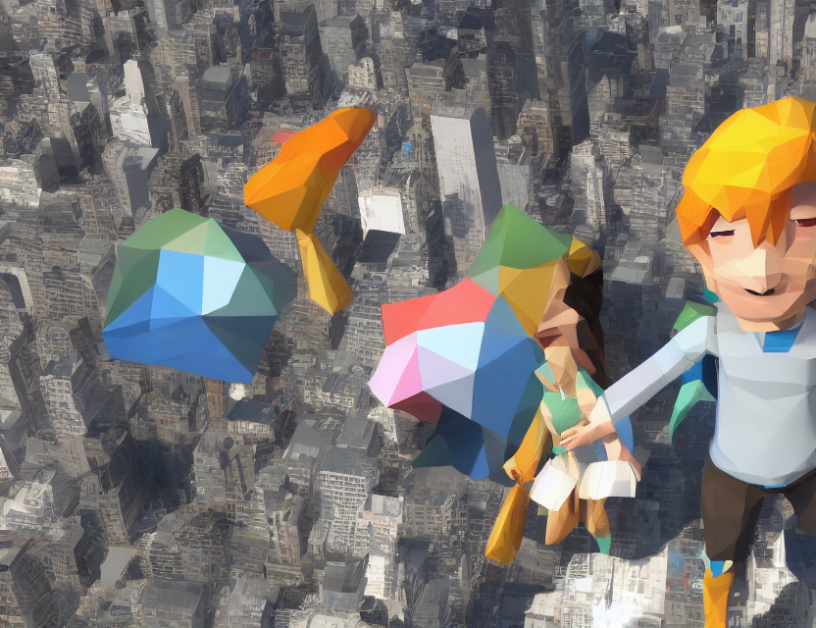In this article, the authors propose a novel approach to protect sensitive information within images while maintaining their utility for Machine Learning (ML) tasks. The proposed method, called mask-based image set desensitization, involves removing sensitive information from raw images while preserving sufficient details for ML models. The authors use a top-down attention mechanism to differentiate relevant areas within the images and generate a critical template that represents the most important features.
To understand this concept, imagine a lock and key system. Just like how a key can unlock a door, an ML model can analyze an image to identify its contents. However, the keys (ML models) need to be trained on relevant information to function correctly. The authors’ approach is like creating a special lock that only allows specific, essential keys (features) to access the sensitive areas of the image, while keeping the remaining parts secure.
The proposed method consists of three stages: literature review, mask generation, and exploitation of federated learning for distributed data. In the first stage, the authors examine existing works in related fields to identify the key challenges and opportunities. In the second stage, they develop a mask generation method that identifies and protects sensitive information within images. Finally, they leverage federated learning to distribute the desensitized images across multiple devices while maintaining their privacy.
The authors conduct extensive experiments on various datasets to evaluate their approach. They show that their proposed method outperforms existing methods in terms of both accuracy and privacy protection. In summary, the article presents a novel approach to protect sensitive information within images while preserving their utility for ML tasks. By using a top-down attention mechanism and generating critical templates, the authors’ method provides a more effective and efficient way to desensitize image sets compared to existing methods.
Computer Science, Computer Vision and Pattern Recognition
Masking Image Sets for Privacy Protection: A Novel Approach



